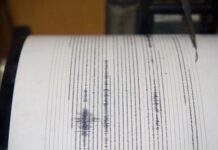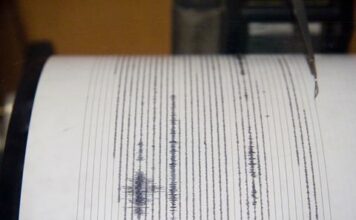Vanessa Salazar de Ingardia was getting steadily more fatigued.
In 1995, after months of chest pains, headaches and dizziness, she
finally went to her doctor. He delivered crushing news.
De Ingardia had Hodgkin’s lymphoma, a cancer of the lymph tissue
normally found in the lymph nodes, spleen, liver and bone marrow. A
large tumor had also grown around her heart.
Vanessa Salazar de Ingardia was getting steadily more fatigued. In 1995, after months of chest pains, headaches and dizziness, she finally went to her doctor. He delivered crushing news.
De Ingardia had Hodgkin’s lymphoma, a cancer of the lymph tissue normally found in the lymph nodes, spleen, liver and bone marrow. A large tumor had also grown around her heart. If she did not opt for intensive chemotherapy and radiation, she would likely be dead within three weeks, said her Stanford oncologists.
“I did the chemo and the radiation and was part of a clinical trial,” said de Ingardia. “They told me the risks included long-term damage to my kidneys, liver, lungs and heart and that they may take years to show up, but I was willing.”
The lymphoma was treated, but in 1999 de Ingardia suffered major heart damage. Today, after three separate surgeries, she’s running to keep others from suffering the same fate.
De Ingardia has, to date, raised more than $30,000 for cancer research by participating in a program called Team In Training (TNT). She has run two marathons with TNT to raise funds for the Leukemia and Lymphoma Society, a nonprofit organization dedicated to finding a cure for blood cancers. The program’s premise is simple: TNT will train you to compete in a number of sports – 100-mile bike rides, cross-country skiing races, bi- and triathlons, even walking or running a marathon – in exchange for your promise to represent them and raise money.
The society takes the total cost of your training including transportation and accommodation at the event and multiplies that by four to come up with the amount of money you’re expected to raise. It generally comes out to about $2,000.
“You’re assigned a mentor with your training captain to help you with the fundraising side,” said Casey Shaughnessy, a public and media relations manager for TNT who began training for an event herself in the early fall. She will have competed in Sunday’s Nike Marathon in San Francisco by press time.
“When I first started, I was like, ‘Oh God! What did I get myself into?” said Shaughnessy. “I was going through my Christmas card list going, ‘I have to ask these people for money?’ But you’d be amazed … my average donation was about $100. I didn’t have any trouble because people just came out of the woodwork to help.”
TNT was started as a grassroots effort by Bruce Cleland, who formed a team to raise money and compete in the 1988 New York City Marathon. Their run was dedicated to his daughter Georgia, a leukemia survivor. The team of 38 raised $322,000 for cancer research that year. Today, TNT is the largest endurance sport training program in the world, and Northern California residents are a staple of their success. Participants in our region last year raised $13.7 million, three quarters of which (a good overhead by nonprofit standards) goes directly to research for a cure.
For de Ingardia, the fight to survive goes on. She was supposed to compete in the Chicago City Marathon Oct. 10, but suffered more heart-related complications and had to withdraw.
Whether you’re a survivor or simply someone like me who’s new to the area and wants to get in better shape while promoting a good cause, the Leukemia and Lymphoma Society would love to see you. They’ll be holding meetings throughout the Bay Area for the next few weeks. I’m going to the last one in Santa Clara on Oct. 30 for the next round of training, which begins in November. Over the next couple of months I’ll be keeping you up to date on my quest to walk a half-marathon.
For more information, call the Silicon Valley/Monterey Bay Area chapter at (800) 446-9460 or log on to www.teamintraining.com.













